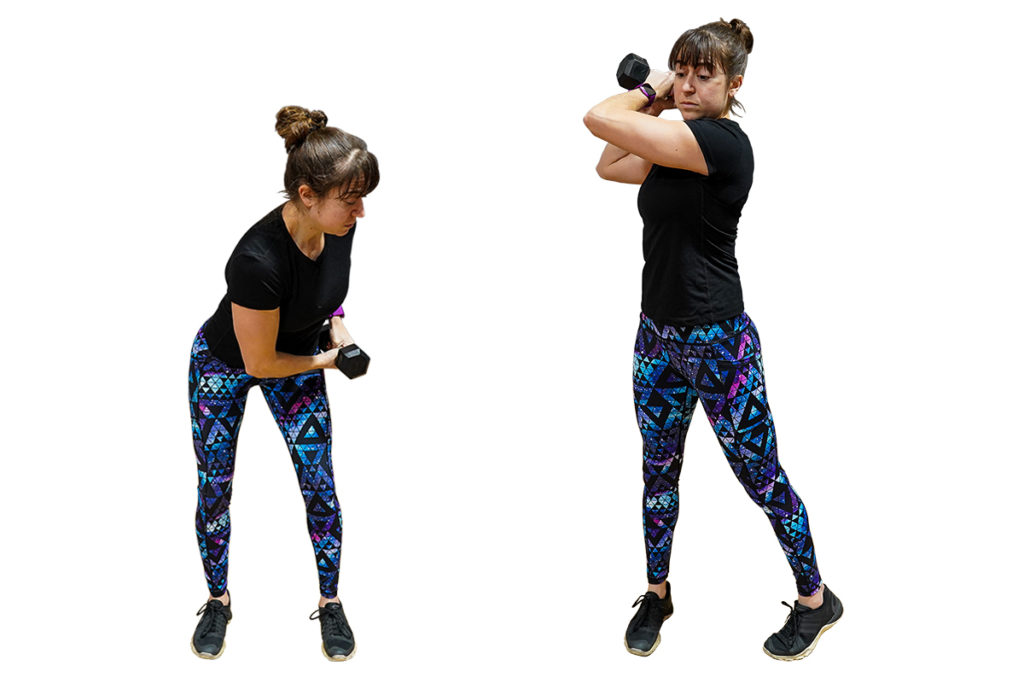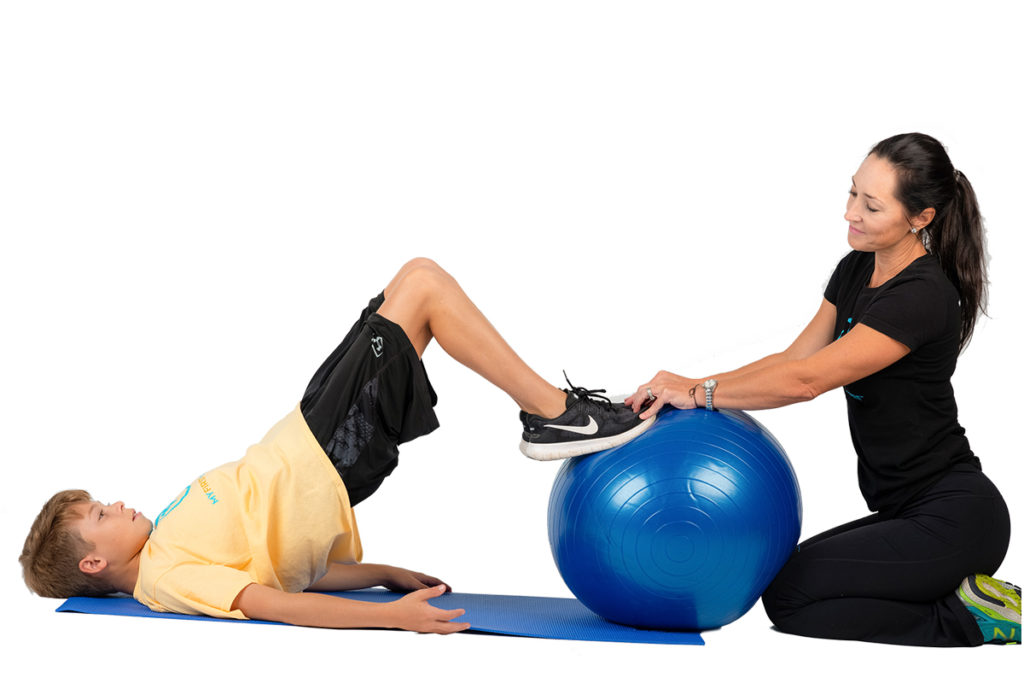Progressive Core Exercise for Beginners and Beyond
Take the time to teach awareness before cuing advanced moves.
Every day, in fitness facilities worldwide, beginners walk into group fitness classes. Remember that even the fittest students in your classes were once beginners, and possibly obese. It’s important never to lose touch with the beginner’s mind. Try to imagine what new students are feeling and thinking. They may feel intimidated, physically uncomfortable and afraid of failure. This beginning stage doesn’t end after a couple of classes—it can last some time—so be patient.
When it comes to training the core, progressions are important. Offer safe ways to build a good base of support. Modifications may be needed for months or even years, owing to health restrictions, obesity or simply an inability to do the advanced moves. Focus on form, to avoid injuries—this is crucial. After all, core strength and stabilization dictate good form. The following exercises are a great place to start with your beginning students, as well as people who need to regress because of injuries or lengthy periods of sedentary living. If students are having trouble connecting with the core, decrease the tempo to a half count or even slower. You may even ask them to close their eyes and focus on recruiting the correct muscles.

Cat-Cow
Take the time before or after class to help a beginner “find” her core. Don’t assume she knows how to engage it. A good beginning tactic is to use cat-cow pose as a way of teaching neutral spine. When beginners start doing core-strengthening exercises, many are going to have difficulty controlling and supporting the low back. The neck may also be weak, so cue beginners to keep the neck in line with the spine, in neutral position.
Start in quadruped position with hands directly below the shoulders and knees directly beneath the hips (hands and knees make a perfect rectangle). Without moving the hips or shoulders, extend the back to move into “cow” position, pushing the navel toward the floor. Transition to “cat” position by pulling the navel up and arching the spine. Perform a few repetitions, and then find neutral spine by engaging the core without forcing spinal flexion or extension. Be somewhere in the middle.
Plank Progression
When a student has shown she can find and connect with her core, teach a simple, basic move that can be layered and progressed.
Start with plank position on the knees, with hands on the floor. Hold the isometric contraction and engage the core while spine stays neutral. Introduce a BOSU® Balance Trainer to progress this move, keeping it in a level position. Next, slowly tilt the BOSU ball forward and backwards or side to side while engaging the core and maintaining neutral spine. A more advanced move would be up on the toes in a full plank, tilting or rocking the BOSU ball.
Lower-Body Rotations
Add this move when a student is ready and has demonstrated good stabilization ability and awareness.
Lie on the floor with knees in tabletop position. Arms are by the sides, no higher than the shoulders, with palms up; neutral spine is in contact with the floor. Slowly rotate the hips right and left, keeping the core engaged and shoulder blades on the floor. Range of motion can be as minimal as needed.
Celeste Reeves
Celeste Reeves owns Functional Fitness Personal Training gym and has 28 yearsÔÇÖ experience in the fitness industry as a group fitness instructor, presenter, personal trainer, speaker, wellness and lifestyle coach, and gym owner. Find out more at www.trainatfunctionalfitness.com.








